Rutherford is a tiny Napa Valley appellation consisting of only 6,650 acres under vine. One of Rutherford’s key characteristics is that the fruit spends more time in the sun than any other appellation. Located between the Mayacamas and Vaca mountain ranges its diurnal temperature shifts (warm days followed by cool nights) allows Rutherford fruit to ripen evenly and steadily.
Despite the diminutive size it’s home to some of California’s most historic wineries. It is world famous for the “Rutherford Dust,” which essentially refers to the unique terroir particularly with respect to Cabernet Sauvignon. The soil, composed of gravel, loam and sand, as well as several diverse microclimates, contribute to the fruit’s unique character that results in wines of particular merit. Wines from this appellation are distinguished by their signature soft, round mouth-feel and “dusty” tannins.
Alpha Omega
Founded in 2006 by Robin Baggett and his charismatic wife, Alpha Omega is a picturesque winery with old country charm. It sources fruit from stellar vineyards such as Beckstoffer and Newton. They have a very talented winemaker, Jean Hoefliger. Additionally, they consult with winemaking superstar, Michel Rolland, who has worked with the winery since 2006. Low intervention, close attention to detail, and a deep commitment to the ultimate expression of the vineyards result in wines of elegance and balance. They are well known for their Cabs. However, don’t overlook their Sauvignon Blanc. Stylistically reminiscent of New Zealand savvies, it is my perennial favorite: fresh, vibrant, and yummy to the last drop.
Caymus Vineyards
One of the first premium Napa wines I have ever tried was the highly allocated Caymus Special Selection. It was an experience that I will never forget. It was like nothing I had ever sampled, smooth and silky, yet powerful and majestic.
Caymus, named after the land grant titled “Rancho Caymus,” released its first vintage in 1972, a whopping 240 cases of Cabernet Sauvignon. Thirty-two years later, they are making close to 65,000 cases. Despite its success and growth, the winery is still owned and farmed by the Wagner family. Founder Chuck Wagner is still the winemaker. He crafts the only two wines: small lots of the stellar Caymus Special Selection, their flagship wine, bottled from very best barrels from a given vintage and the Napa Valley selection. My favorite to this day remains the luscious 2007, a worthy contribution to any cellar.
Clark-Claudon Vineyards
Tom Clark and Laurie Claudon founded Clark Vineyard Management company in 1979, followed by a vineyard acquisition in 1989. It turned out to be a wise decision as the Cabernet Sauvignon from that vineyard immediately garnered attention from none other than Robert Parker, who gave it an impressive 93 points. Since then, Clark-Claudon Vineyards has solidified its spot as a top producer of world class Cabernets. I am a big fan of their profound Eternity Reserve Estate Cabernet and seductive Wild Iris Sauvignon Blanc. A recently opened magnum of 2005 Cabernet was singing a beautiful tune, and rewarded patience with stunning fruit and a lengthy finish.
Frog’s Leap
The founder, John Williams, a charismatic fellow who once attended Cornell, ran into Larry Turley and together they embarked upon the venture of starting the winery. The land Larry owned was an old frog raising farm, and John went to work studying viticulture and apprenticing with famed Warren Winiarski of Stags’ Leap Wine Cellars. In 1981 Frog’s Leap was born, making wine with Spottswoode fruit.
Frog’s Leap was one of the first Napa wineries to practice dry farming or farm organically, receiving its organic certification in 1989. Inspired by Inglenook, John specifically sought out Rutherford land and now makes both a delicious Merlot and a sublime Sauvignon Blanc with the Rutherford designation.
Honig Vineyard and Winery
Louis Honig bought a 68-acre ranch in Rutherford, planted it to Cabernet and Sauvignon Blanc in 1964, selling all of the fruit to other wineries. Upon his passing, his heirs decided to produce wine from the vineyard and quickly realized that they had a treasure on their hands. Their first Cabernet was released in 1989, and, along with the existing production of Sauvignon Blanc, they found a wide audience for their beautiful wines.
The Honigs are proud of their ongoing efforts to farm sustainably. Their practices include tilling instead of herbicides, owl boxes for rodent control, attracting bug-munching bats, and they were an early adopter of solar power.
For a special treat, try winemaker Kristin Belair’s Rutherford Sauvignon Blanc. It’s crafted with a tiny amount of Semillon and Muscat thrown in to round out the flavors. There’s your summer in a glass!
Inglenook Vineyards
Rutherford’s most famous winery, Inglenook, dates back to 1878 when a Scandinavian sea captain, Gustave Niebaum, decided to call Rutherford home and build a world class winery. The winery fell victim to prohibition, but was reopened post-prohibition by Gustave’s widow. In the Mad Men fifties and sixties, Inglenook wines was considered to be the best in the US. In 1975, the property was acquired by filmmaker Francis Ford Coppola. For a while, the famed winery bore the name “Rubicon” until Coppola re-acquired the trademark that had changed hands over the years. Once again, Inglenook reigns and the wines are winning world-wide accolades.
Joseph Carr
Joseph Carr, a former sommelier and wine industry executive, founded his namesake in 2005. In 2010, he hired Aaron Pott, an acclaimed winemaker who trained under John Kongsgaard, Michel Rolland and had worked in the cellars of Château Troplong Mondot and La Tour Figeac. His career includes stints at Beringer, St. Clemet, and Quintessa, among others. Aaron makes three wines, Cabernet, Merlot, and Chardonnay under the Joseph Carr label. His winemaking philosophy embraces a classic, limited intervention approach. Joseph Carr also makes a second label as a tribute to his father with a portion of proceeds donated to “Operation Homefront”, a worthy non-profit dedicated to providing assistance to wounded warriors and their families. The decadent Cabs are earthy, slightly floral, chocolaty, with hints of spice, and full of unbridled energy.
Hall Wines
Hall has two locations, one in Rutherford, one in St Helena. Halls’ opulent 14,000 sq. ft. caves exhibit a portion of Kathryn and Craig Halls’ personal art collection. Their caves are as beautiful as their wines. The vineyards are managed by veteran viticulturist Don Munk and the wine is made by Napa Valleys’ own Steve Leveque (formerly of Chalk Hill). Their wines are qualitatively consistent and drop dead gorgeous.
“Sacrashe Vineyard,” my favorite vineyard designate, is composed of volcanic ash soils with numerous microclimates. The terroir creates challenging growing conditions and naturally limits vigor and yield, therefore concentrating flavors. The wines are plush, massive, yet deftly balanced. Tannins are a textbook “Rutherford dust”—round, soft and expansive.
Staglin Family Vineyard
I’ve come to regard Staglin in terms of the Kevin Bacon aphorism, one is never more than six degrees from Staglin. When I ask a famous winemaker anywhere in California where they trained, Staglin comes up more often than not. I now ask a slightly different question, “During what vintage did you train at Staglin?”
The Staglins purchased their Rutherford Bench estate in 1985. It was a culmination of a longtime dream to make wine as a family business. The sixty acre property is ideally located and boasts an extraordinary diversity of soils.
Their wines have won numerous awards and have been the critic’s darlings for decades. They bottle wines under two labels, their namesake Staglin, and Salus, named after the Roman goddess of health and well-being. All proceeds from the sales of Salus are donated to mental health research, a cause that hit home when their son Brandon was diagnosed with schizophrenia at a young age.
Swanson Vineyards
Known for their stunning Merlots, Swanson Vineyards’ ancient alluvial soils are ideally suited for grape growing. Crafted by California-born Chris Phelps, who worked as winemaker at Château des Laurets during the legendary 1982 vintage. He counts Christian Moueix and Jean-Claude Berrouet as his mentors. A stint at Chateau Pétrus led to jobs at Dominus and Caymus Vineyards. Chris joined Swanson Vineyards in 2003 with a vision and a passion for Merlot that he learned so much about in Bordeaux. He is a minimalist in the cellar, relying on the physiologically ripe fruit. Swanson’s other winemaker, Marco Capelli crafts small amounts of remarkable dessert wines. I am a huge fan of the lovely Angelica that is produced from Spanish variety with the grapes sourced from a vineyard planted in 1856.
Many may recognize the Swanson name in a different context. In the 50’s the family pioneered the frozen food industry. They certainly have come a long way since Swanson TV dinners!
St. Supéry Estate Vineyards & Winery
Many think of St. Supéry wines as a producer of accessible, simpler wines. However, some of their single vineyard selections have earned high praise from Robert Parker (and 96 point scores). Their Merlot and Petit Verdot are some of the best produced in the valley. At a recent tasting, I fell in love with the 2012 Dollarhide Sauvignon Blanc. Sleek and elegant, with seductive notes of lime blossom, pink grapefruit, and Meyer lemon, this vibrant offering stole the show.
The Skalli Family, owners of St. Supéry Estate, first made wine in 1920. In the 1980s, Robert Skalli planted his dream vineyard. Today St. Supéry boasts two world class vineyards, a gorgeous winery and an art gallery. A great place to visit, the winery offers variety of interactive, educational and fun experiences.
I can’t possibly speak of Rutherford and not mention one of my favorite stops, Auberge du Soleil. Restaurateur Claude Rouas wanted to recreate a piece of Provençe in Napa Valley. Auberge du Soleil started as a restaurant and in 1985 added an inn. Inspired by Provence, yet featuring quintessentially Californian sensibilities, this luxurious retreat resembles a Côte d’Azur hideaway tucked in the hills above Silverado Trail. Unmistakably decadent, relaxing and very romantic, it’s worth checking out, whether you spend the night, have a meal at their Michelin Star restaurant, or simply take in the breathtaking view from their gorgeous patio.
Rutherford is known for its signature “dust” and for a good reason. It certainly leaves many wines “in the dust” by comparison. Should you find yourself in Napa Valley, don’t overlook this charming place and instead (as Diane Zahler cleverly stated) do the—”I come, I come.”

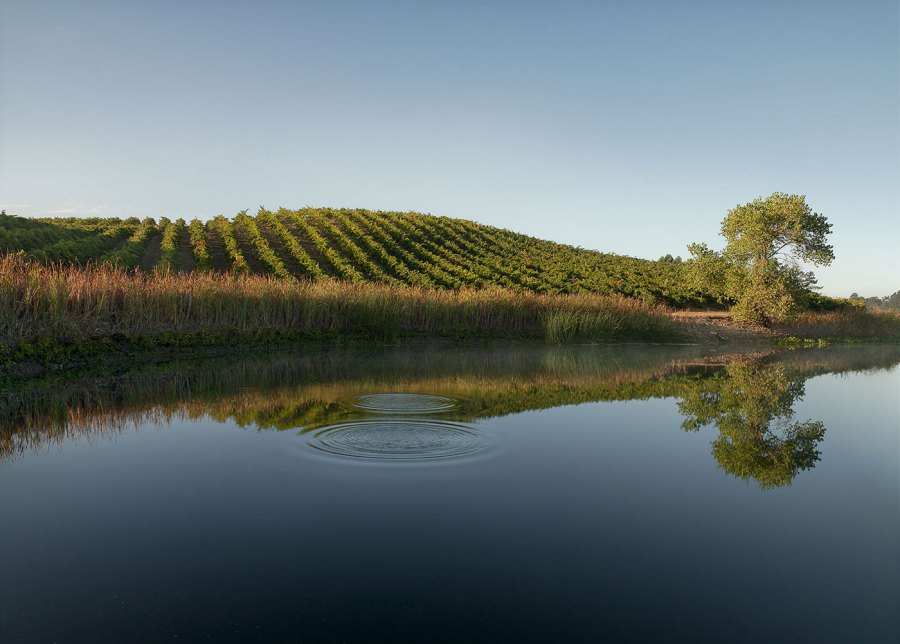

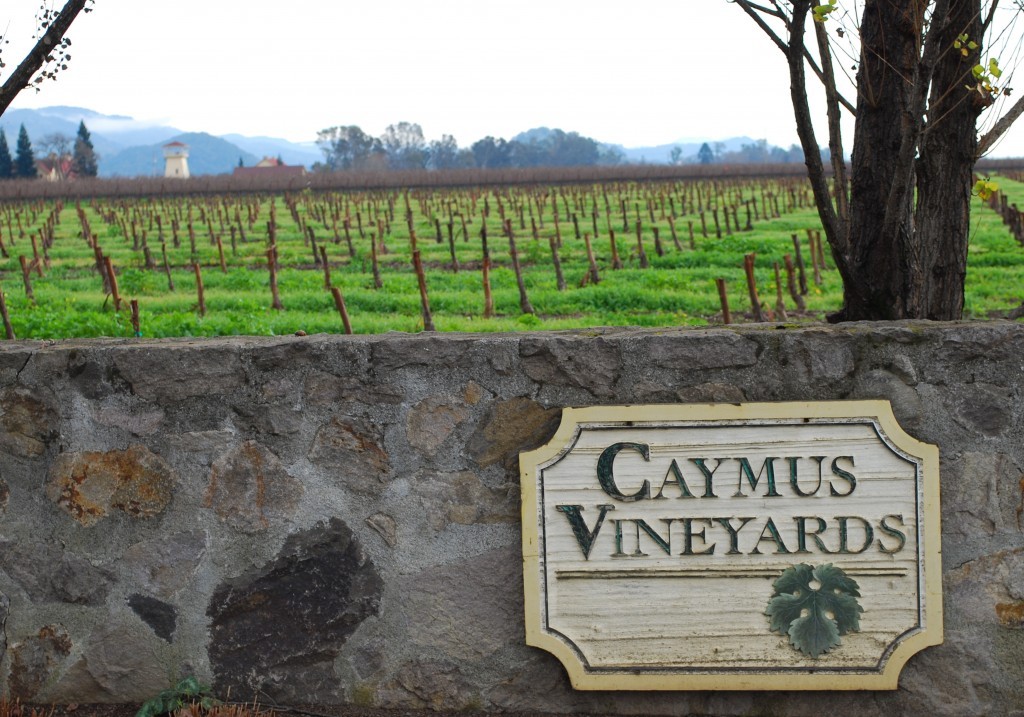
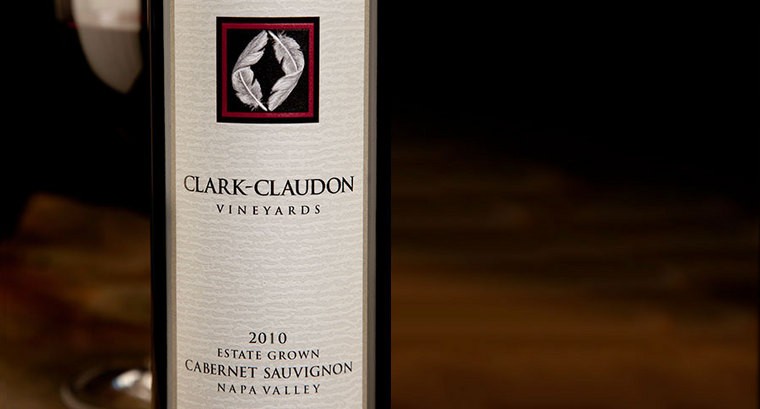
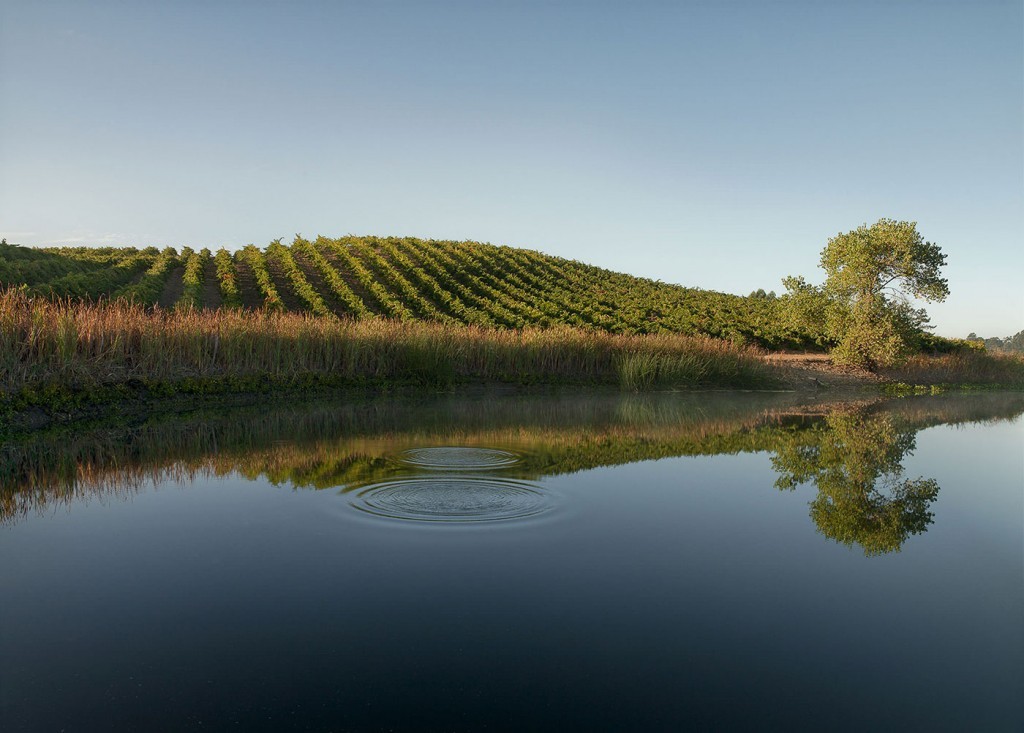
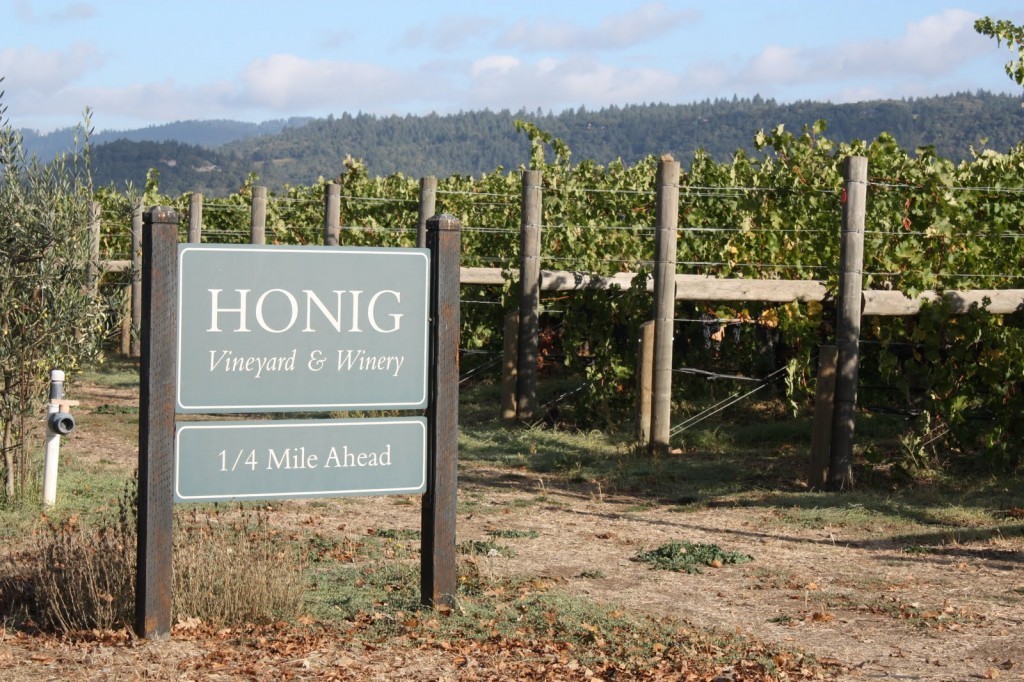
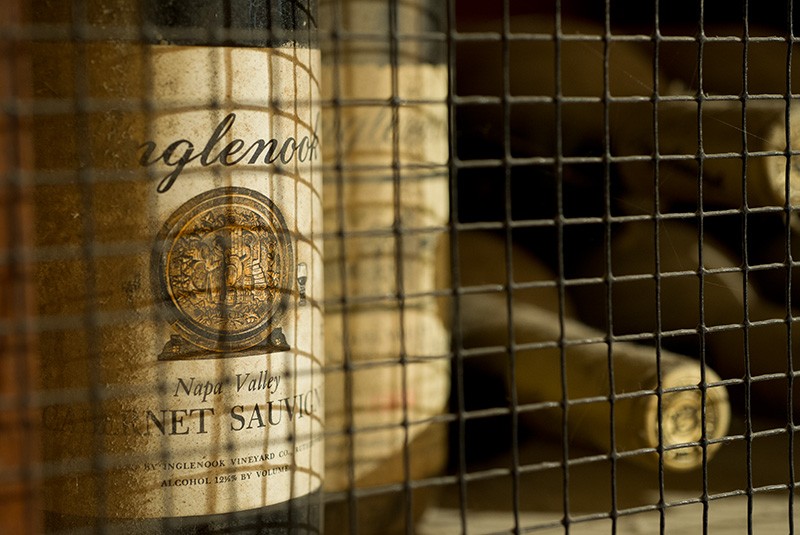

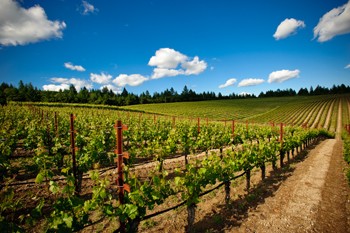

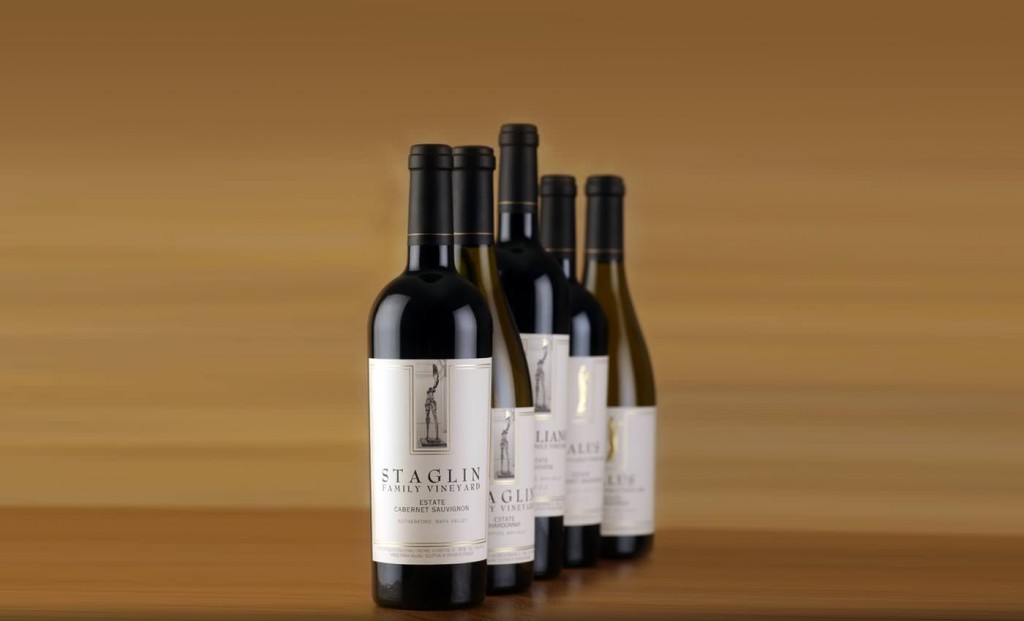
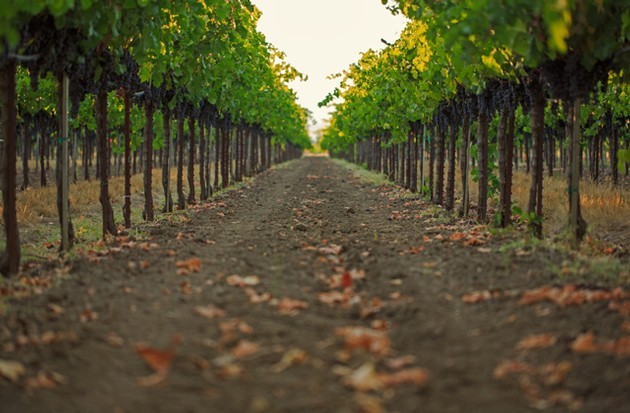
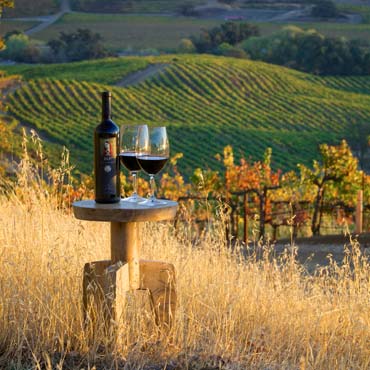
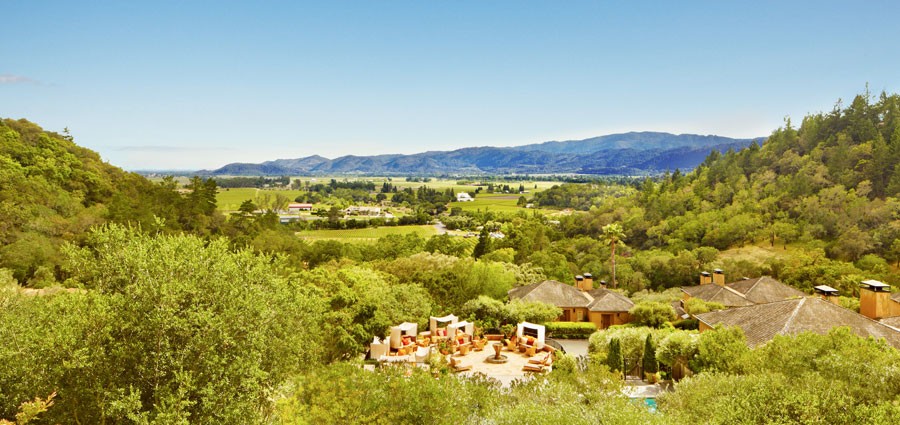

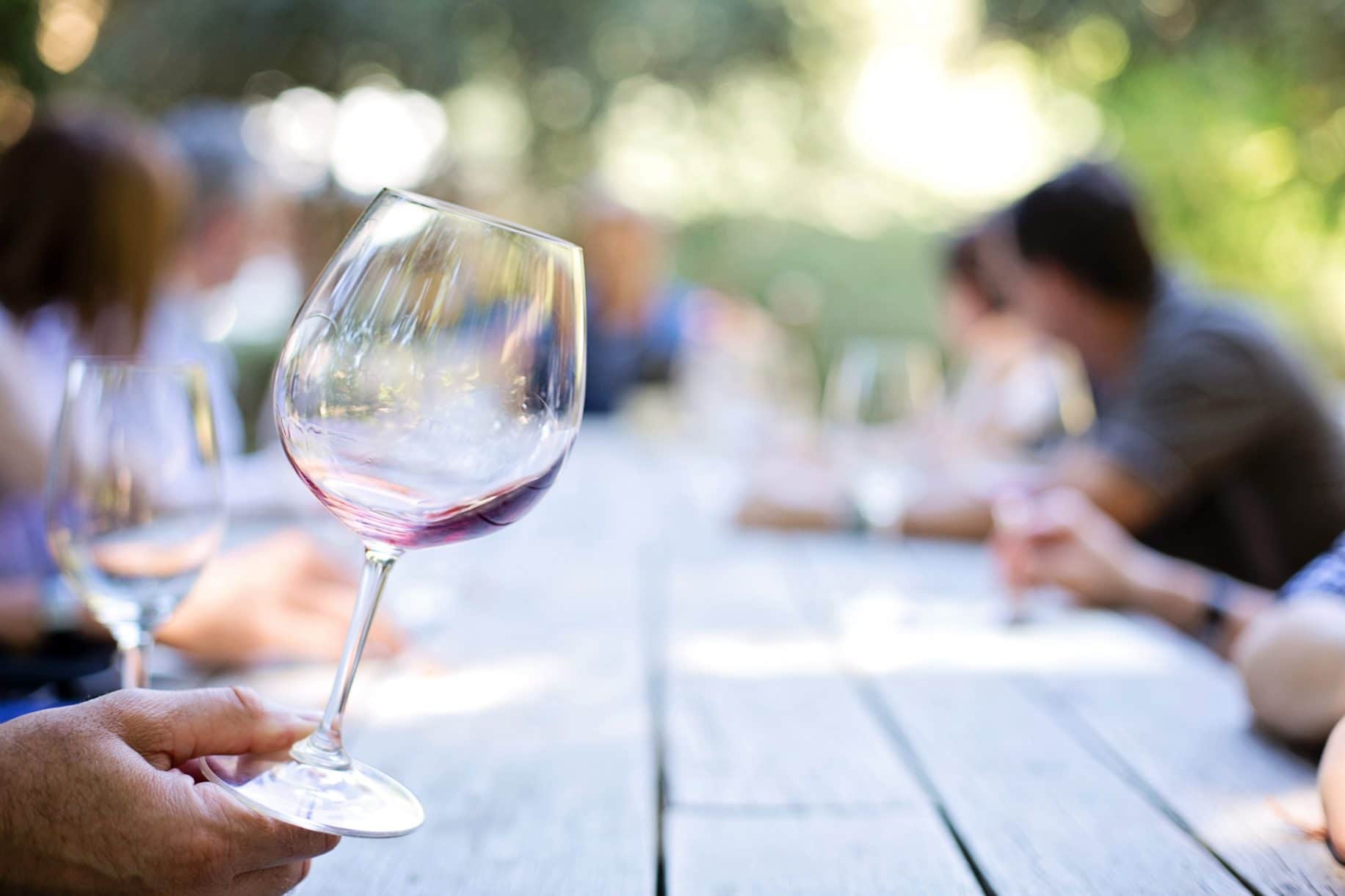

You must be logged in to post a comment.